Flutter
A Revolution in Cross-Platform App Development
Introduction to Flutter
Flutter is an open-source UI software development toolkit from Google that streamlines building natively compiled applications for mobile, web, and desktop from a single codebase.
Launched in 2017, Flutter quickly gained popularity in the software development community thanks to its unique capabilities and performance benefits. It lets developers write one codebase that compiles to multiple platforms, effectively simplifying development and shortening project timelines.
Flutter’s architecture is based on the Dart programming language, which improves performance and scalability. Dart’s ability to enable both Just-In-Time (JIT) and Ahead-Of-Time (AOT) compilation means developers can enjoy faster development cycles while still achieving high performance in production.
Flutter’s cross-platform flexibility has made it an attractive option for companies and developers seeking broader reach without maintaining multiple codebases.
Moreover, Flutter’s rich set of customizable tools and comprehensive widget library enables highly attractive, highly interactive user interfaces. This degree of customization is crucial for building effective apps and delivering a smooth user experience across devices.
Flutter’s rising popularity is also due to strong community support and extensive documentation, which makes it easy for newcomers to adopt the framework and helps experienced developers find solutions to challenges.
As cross-platform demand grows in a rapidly evolving app landscape, Flutter stands out as a revolutionary tool that enables innovation without the constraints of traditional paradigms. Its unique approach and increasing enterprise adoption make it a major player in cross-platform app development.
In recent years, mobile development has become more complex due to multiple operating systems (Android, iOS, and even web and desktop). Flutter emerged as a revolutionary solution, empowering developers to build responsive, high-performance apps from a single codebase.
Flutter is an open-source framework developed by Google and powered by Dart. It lets you create beautiful, fast apps that run on Android, iOS, the web, Windows, Linux, and macOS.

What Is Flutter?
Flutter is a UI SDK built around pre-made components called widgets that let you design interfaces in a flexible, customizable way. Unlike some other frameworks (such as React Native) that rely on native components, Flutter renders its own UI via the Skia graphics engine, giving it full control over look and performance.
Benefits of Flutter
One codebase for all platforms (Write Once, Run Anywhere):
With a single codebase, you can target Android, iOS, web, and desktop at the same time.
Fast development (Hot Reload):
One of Flutter’s signature features—see changes instantly without restarting the app.
High performance:
Because Flutter doesn’t depend on “bridges” like React Native and instead uses its own rendering engine, performance is very close to fully native apps.
Flexible, modern design:
Built-in libraries for Material Design (Android) and Cupertino (iOS) help apps feel right at home on both platforms.
Large community & Google support:
Ongoing investment from Google and a vast community means frequent updates, new packages, and solutions to almost any problem.
Versatility:
Use Flutter for mobile apps, web apps, and even desktop applications.
Flutter Features
Widgets everywhere:
In Flutter, everything is a widget—buttons, text, lists, and even layouts—making reuse and customization easy.
Consistent UX:
Since Flutter draws the UI itself, you avoid major differences between Android and iOS.
Dart language:
Dart is fast and easy to learn, supports OOP, and provides features like null safety and asynchronous programming.
Near-native performance:
Thanks to AOT compilation to native code.
Packages & plugins:
Thousands of ready-made packages on pub.dev to speed up development.
Responsive design:
Apps can adapt to various screen sizes and devices.
Flutter’s Key Capabilities
Flutter has become a core player in cross-platform development thanks to features that boost developer productivity and app performance. Chief among these is hot reload, which lets developers see the effect of code changes almost instantly. After saving changes, the app updates without losing its state. For instance, if you tweak a UI element, you can view the new look in real time, accelerating testing and iteration.
Another important trait is Flutter’s widget-based architecture. In Flutter, everything is a widget, so you can build complex UIs by composing simple widgets. This modular approach enhances code reuse and allows customization to meet specific design requirements. For example, a custom button widget can be created and reused across multiple screens, ensuring consistency while saving development time.
Flutter also provides rich, pre-designed widget sets conforming to Material Design and Cupertino standards. These widgets are flexible and responsive, making it easier to craft visually appealing apps that run smoothly on both Android and iOS. Their availability significantly reduces heavy design work, letting developers focus more on functionality and UX. Furthermore, the Dart language improves overall performance with features like async programming and strong typing, yielding smoother animations and faster load times.
Getting Started with Flutter
Starting your Flutter journey begins with setting up the development environment—a must for building cross-platform apps efficiently. First, download and install the Flutter SDK from the official site. Installation bundles are readily available for Windows, macOS, and Linux. After downloading, extract the files and add Flutter to your system PATH, enabling Flutter commands from any terminal or command prompt.
Next, choose an IDE to streamline coding. Popular options include Android Studio and Visual Studio Code. In Android Studio, install the Flutter and Dart plugins to significantly enhance the development experience with code completion and debugging tools. In VS Code, install the Flutter and Dart extensions for a similarly streamlined workflow.
How to Work with Flutter
1) Setup and installation
- Install the Flutter SDK from the official site.
- Install Android Studio or Visual Studio Code to manage your project.
- Verify your setup with:
flutter doctor
2) Create a new project
flutter create my_app
cd my_app
flutter run
3) First example (Hello World)
import 'package:flutter/material.dart';
void main() {
runApp(MyApp());
}
class MyApp extends StatelessWidget {
@override
Widget build(BuildContext context) {
return MaterialApp(
home: Scaffold(
appBar: AppBar(title: Text("Hello Flutter")),
body: Center(child: Text("Hello World!", style: TextStyle(fontSize: 24))),
),
);
}
}
4) Hot Reload
You can modify text or layout, press save, and see the change instantly without restarting the app.
5) Add libraries
Example: add the http package for API requests. In pubspec.yaml:
dependencies:
http: ^0.13.3
Then use it:
import 'package:http/http.dart' as http;
void fetchData() async {
var response = await http.get(Uri.parse("https://jsonplaceholder.typicode.com/posts/1"));
print(response.body);
}
App Architecture in Flutter
- Widgets: The fundamental building blocks.
- State: The app’s state (temporary or persistent).
- Stateful vs Stateless:
- Stateless: Does not change over time (e.g., static text).
- Stateful: Changes with interaction (e.g., a counter button).
Example: Stateful widget
class CounterApp extends StatefulWidget {
@override
_CounterAppState createState() => _CounterAppState();
}
class _CounterAppState extends State<CounterApp> {
int counter = 0;
void increment() {
setState(() {
counter++;
});
}
@override
Widget build(BuildContext context) {
return Scaffold(
appBar: AppBar(title: Text("Counter")),
body: Center(child: Text("Value: $counter")),
floatingActionButton: FloatingActionButton(
onPressed: increment,
child: Icon(Icons.add),
),
);
}
}
Real-World Uses of Flutter
- Startups: Fast development makes Flutter ideal for small teams.
- Business apps: e-commerce, booking, and logistics.
- Large-scale apps: Even Google uses Flutter in apps like Google Ads.
- Web & desktop: Deploy as a web app or desktop app as well.
Flutter vs. Other Frameworks
| Criterion | Flutter | React Native | Xamarin |
|---|---|---|---|
| Language | Dart | JavaScript | C# |
| Performance | Near-native | Bridge-based (slower) | Near-native |
| UI | Self-rendered (Skia) | Native components | Native |
| Hot Reload | Yes | Yes | Limited |
| Backing | Meta (Facebook) | Microsoft |
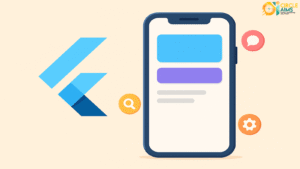
Challenges and Limitations of Flutter
- App size: Typically larger than fully native apps.
- Some native gaps: Despite thousands of packages, certain advanced features may still require native code.
- Learning Dart: While simple, it’s still new to many developers.
The Future of Flutter
Google is heavily investing in Flutter, pushing it toward a truly universal platform.
By 2025, hundreds of thousands of developers use it worldwide.
It’s increasingly visible in major companies and global applications.
Conclusion
Flutter is not just a framework—it’s a true revolution in app development. It brings together:
- A single codebase running across multiple platforms.
- Strong performance close to native.
- Flexible design via rich widgets.
- Blazing development speed thanks to hot reload.
Whether you’re a beginner or a seasoned developer, Flutter provides an integrated environment to create stunning, high-quality apps efficiently.
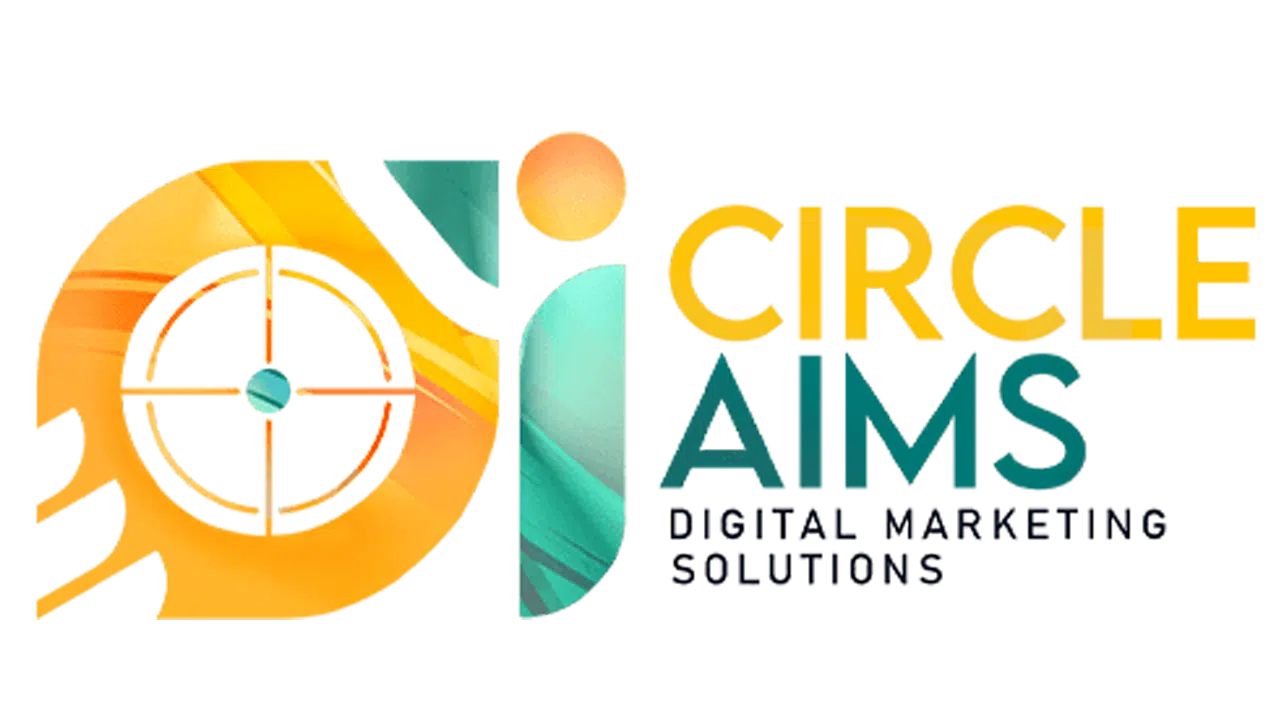
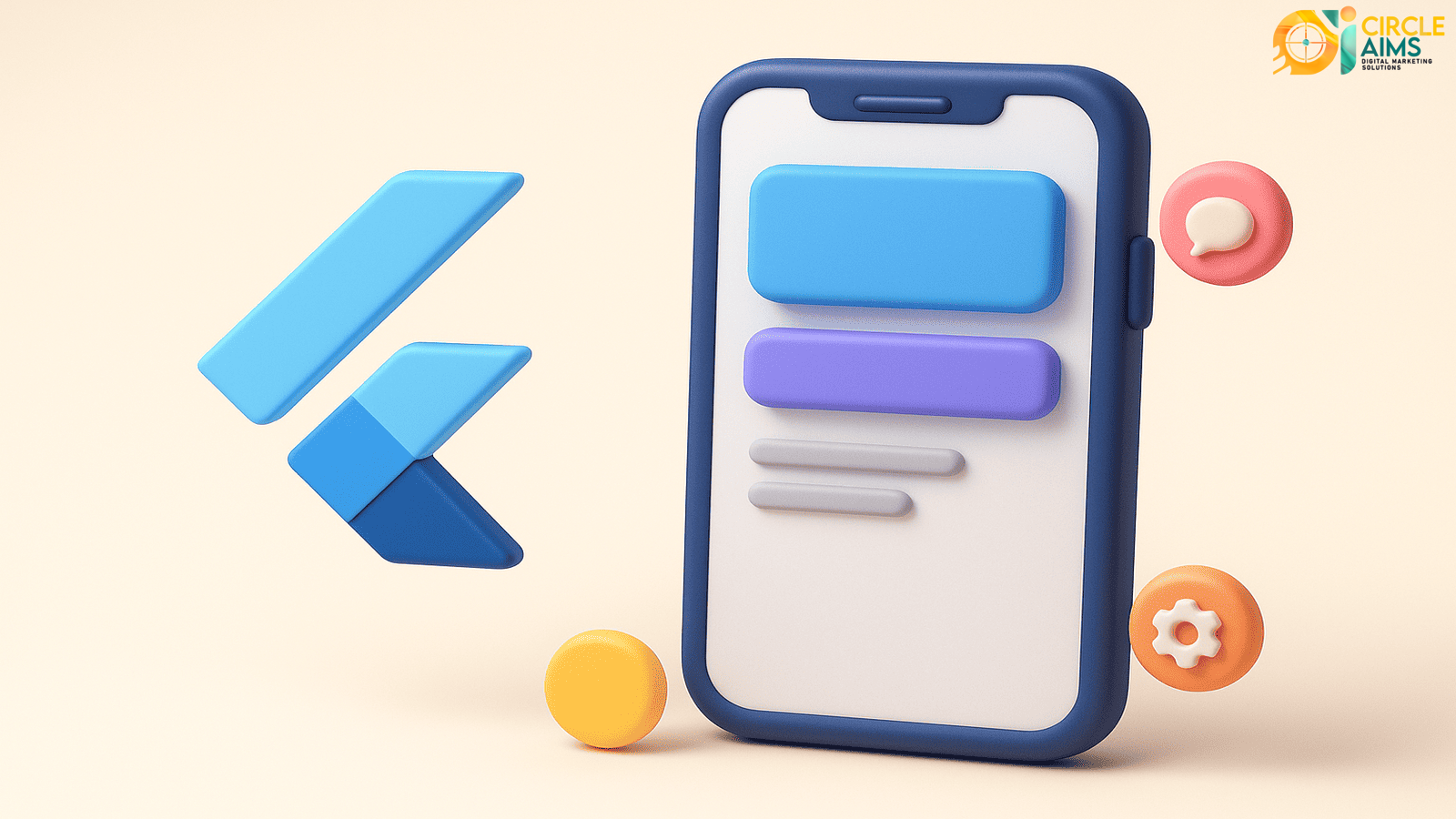
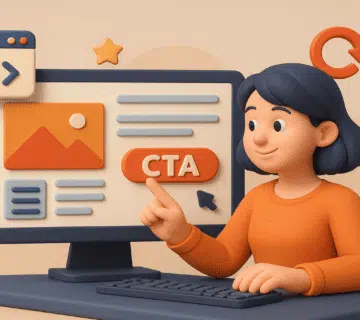
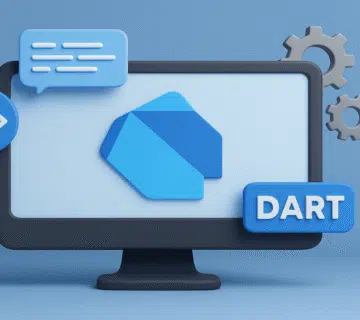
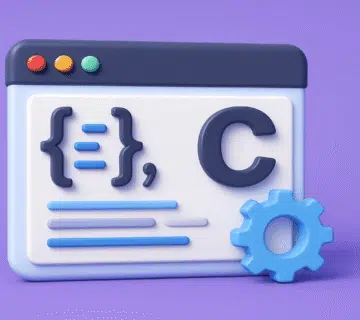
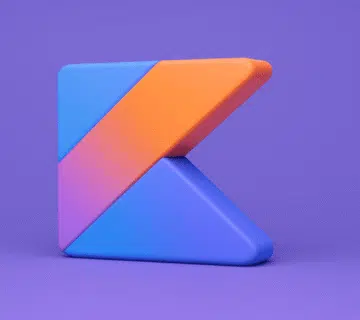
No comment